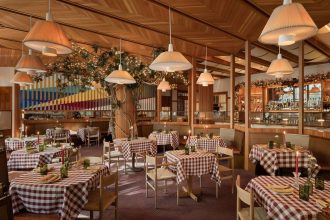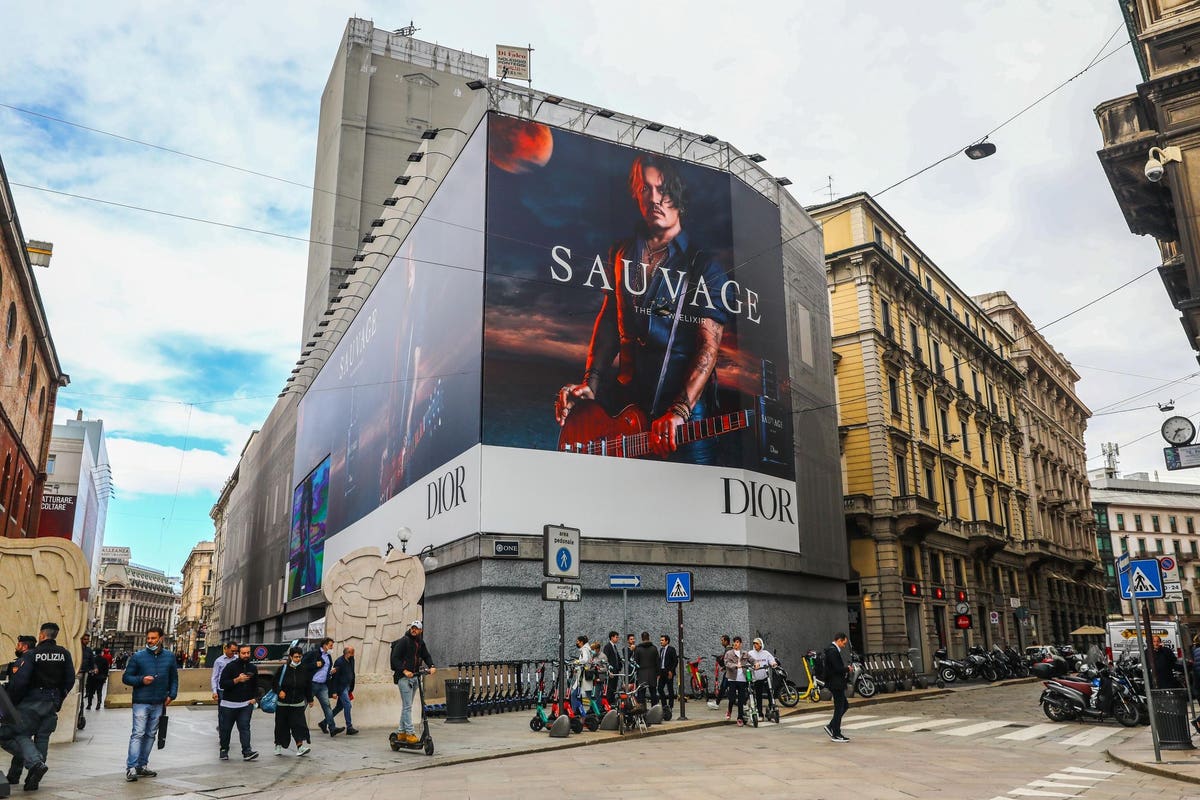Following the half-year results of leading luxury and beauty corporations, it seems that the fragrance market shows no sign of slowing down, as most groups report double-digit growth and a significant rise in demand. The industry’s attractiveness and potential is even more flagrant considering how much luxury groups have been willing to spend for fragrance labels: Spanish group Puig purchased a majority stake in Byredo for nearly €1 billion, while Kering acquired fragrance label Creed for €3.5 billion. 2023 definitely seems like the year for fragrances, but what are the drivers behind such growth?
LVMH, Inter Parfums and L’Oréal enjoy stellar 2023 fragrance sales so far
LVMH’s fragrance and cosmetics division grew +13% in the first half of 2023 compared to 2022, surpassing €4 billion in sales. A focus on a selective distribution strategy is behind this rise, alongside hefty marketing spent going towards exclusive retail activations. The success behind the group’s performance is mainly attributable to high demand for its Christian Dior perfumes: the iconic J’adore, and Miss Dior are long-time favorites, as well as Sauvage, which is now the world’s leading fragrance.
Inter Parfums
IPAR
GES
As for L’Oréal, “The Luxe division outperformed the luxury fragrance market, with double-digit growth across all Regions, spurred by standout performances from couture brands including Yves Saint Laurent, Prada and Valentino,” as shared in the group’s H1 financial results press release.
Premium and niche luxury fragrances keep fueling growth of the segment
The majority of fragrance manufacturers are investing in their high-end fragrances, launching new scents to instill novelty and capture additional demographics. Inter Parfums launched no less than 9 new fragrances in the first two quarters of the year, all of which contributed to their respective brand’s growth: Jimmy Choo Rose Passion, Kate Spade Chérie, Rochas Girl life, Moncler Collection, Coach Love and Green and Mont Blanc Explorer Platinum.
Global sales of high-end fragrances started growing significantly during the pandemic and have been on the rise ever since, which seemed to surprise even fragrance players: “We initially thought, ‘OK, this is just pent-up demand,’ but we’ve seen it continue for approximately three years. As we’ve started to understand the consumer growth, what we’re finding is there are a lot of new consumers” shared Inter Parfum’s CFO
CFO
Given that fragrances represent an affordable entryway to luxury, consumers are largely driven to premium fragrances, as confirmed by COTY, another leading beauty conglomerate. “During the quarter, consumer demand for prestige fragrances accelerated to mid-teens growth, from the already strong high-single-digit growth of the previous quarter, highlighting the structural changes in consumer behavior which are fueling growth in category penetration, increasing consumer usage, and overall premiumization”. Both a rise in reported volumes and value supports this growth in category penetration and premiumization, suggesting a shining year for the fragrance market.
While this shows that the fragrance industry is gearing towards mass-adoption of premium brands, there is also a fragment of the sector focused on niche luxury. Kering’s acquisition of Creed and Puig’s acquisition of Byredo should come as no surprise: the two successful fragrance labels are positioned as luxury lifestyle brands, with minimal marketing and advertising activations compared the the majority of popular luxury fragrances. Both groups now plan to leverage the brands’ strong positioning and customer loyalty by developing their geographies and retail footprint in order to substantially boost their reach and revenues.
With record sales, new launches and strategic acquisitions, fragrance players are at the height of prosperity. Now as with the overall luxury market, a considerable obstacle and opportunity looms: the slow recovery of the Chinese market, which represents the highest growth-potential in terms of geographies for fragrance players. Adding to that the complexity in addressing this market due to its distinctiveness (unique digital engagement, low fragrance penetration and weak consumer understanding), fragrance labels will certainly have their hands full for the next few years.
Read the full article here





